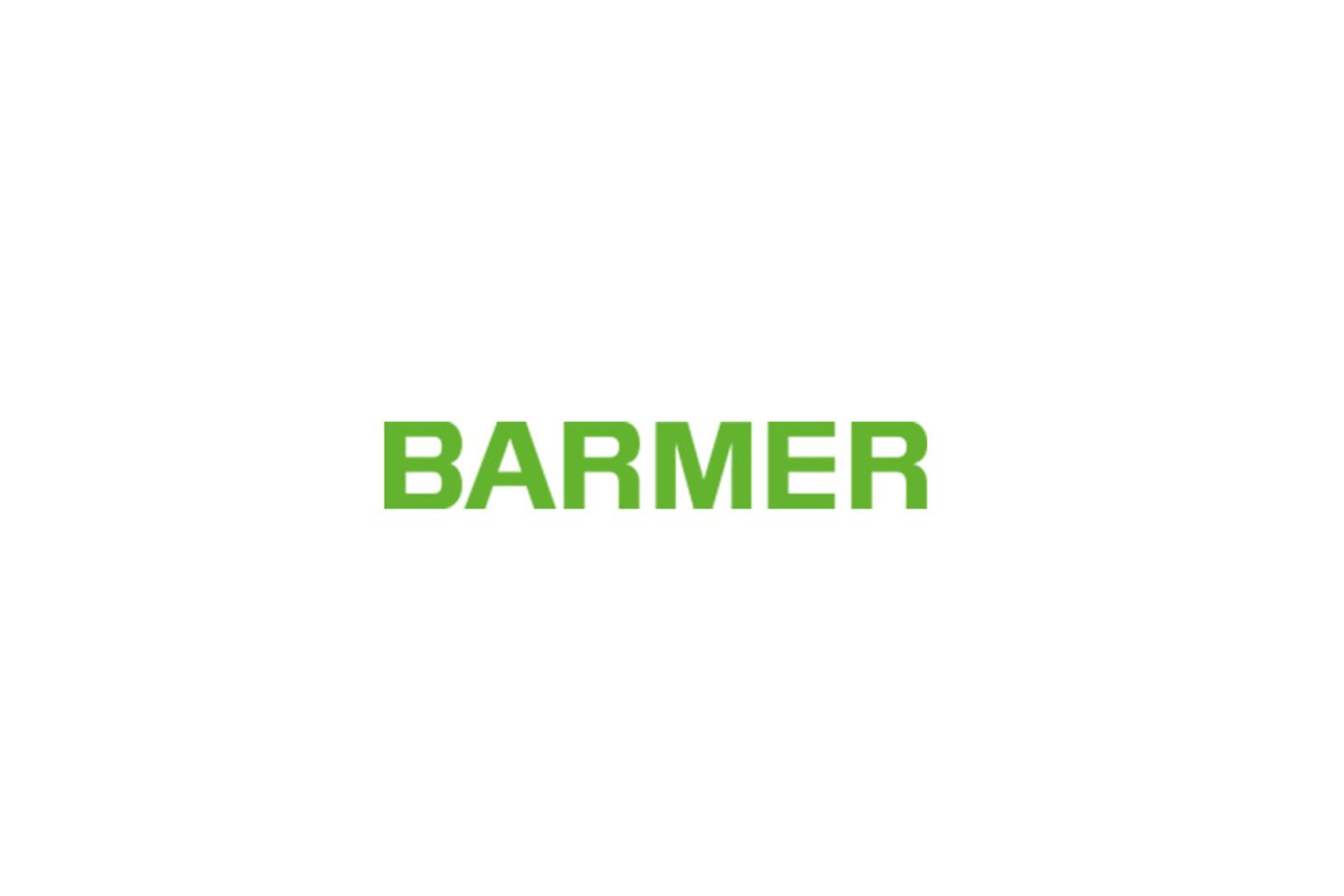

The health insurance company BARMER introduces a digital assistant in its service department. The voice bot recognizes natural speech and classifies customer inquiries. Standard requests, such as changes of address or the dispatch of a new insurance card, are handled by the bot itself, while more complex requests are forwarded to the service center staff. With its digital approach, BARMER has reduced the processing and waiting times of policyholders and improved the customer experience.
The digital assistant brings BARMER a step closer to its goal of higher service quality. Waiting times for insured persons on the telephone are shortened and requests are dealt with more quickly. With the efficient resolution of standard inquiries, the bot reduces the burden on human employees. They then have more time for more intensive customer support, for example consulting – and specialists for certain topics can be deployed in a targeted manner. Furthermore, BARMER has realized cost savings by increasing the efficiency of its service processes. All in all, a healthy combination: improved customer experience with lower costs.

"Press 1 for..." – people seeking advice who call helplines sometimes have to work their way through a confusing speech menu, just to hear at the end: "The next free employee will be available in two minutes." Waiting times are pre-programmed in traditional contact centers. Although BARMER received several awards for its service, it wanted to further optimize the current service processes. The service should be more accessible, the concerns of those seeking advice should be solved more quickly, employees should have more time for callers.
The existing solution offered the usual solutions of a UCC system or a multi-channel contact center. But BARMER wanted to take the next step towards efficient, high-quality customer service: Shorter waiting times, faster processing of inquiries, more time for detailed discussions on complex issues.
BARMER took advantage of the possibilities of digitalization. The company has introduced a digital assistant as additional process logic to the Genesys contact center. This voice bot is the first point of contact for callers. It can understand natural language. It records the insurance number of the person, stores it directly in the system, and classifies the request. For standard requests such as information on opening hours or insurance rates, it can provide answers directly. It can also initiate standard processes, such as changing address data or issuing a new insurance card, directly. When the digital assistant reaches its limits, it hands the caller over to a human colleague.
With a budget of over 37 billion euros and 9.2 million insured persons, BARMER is the second largest health insurance company in Germany. Service has the highest priority for the public corporation: the insured persons can reach BARMER with their concerns around the clock via various channels. Between 40,000 and 50,000 telephone inquiries reach the 2,000-strong service team every day.